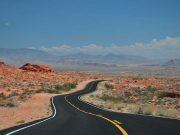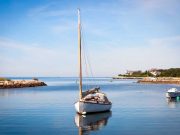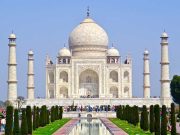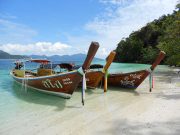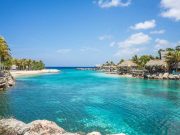The biker lifestyle in the US symbolizes a complex tapestry of rebellion and community, rooted in post-war societal shifts. Transitioning from military service to civilian roadways, two-wheeled machines emerged as mechanical expressions of autonomy, transporting simultaneously rebellious ethos and mainstream commercial appeal[5][10][17].
## Roots of Rebellion https://usabikers.net/
### Post-War Origins
Contemporary motorcycle culture crystallized during the reintegration challenges faced by demobilized soldiers. Military personnel familiar with the camaraderie of unit life sought new fraternal organizations, leading to early rider groups like the Market Street Commandos and Hells Angels precursors[5][13][17]. Post-war mechanical steeds, which demonstrated reliability, shifted from war machines to cultural symbols, nurturing brand loyalty that persists today[5][11].
A defining moment in biker history thrust rider culture into public discourse, when a massive gathering overwhelmed a rural municipality, resulting in property damage and arrests. This episode solidified the rebellious rider archetype within media narratives, notwithstanding most participants being AMA-sanctioned competitors[10][13][17].
## Influential Biker Groups
### Outlaw Clubs vs. Sanctioned Associations
Established in 1924 originally functioned as the regulatory authority over competitive racing and touring events. Yet, its early exclusionary policies—maintaining whites-only membership for thirty years—fueled the creation of alternative groups that rejected AMA’s authority[11][13].
Major renegade rider organizations emerged as key players in this counterculture:
1. Hells Angels Motorcycle Club[2][3][10]
2. Outlaws MC[3][10][13]
3. Pagans MC[8][10]
4. 1966 Houston foundation[3][10]
These groups operate through rigid chains of command including clearly defined officer positions, with clubhouses often serving as symbolic territorial markers[10][13]. Although media portrayals of lawlessness, numerous local groups engage in community support programs like toy runs and disaster relief[8][10][15].
## Cultural Impact and Evolution
### Media Portrayals and Style Trends
The biker archetype infuses American popular culture, from Hollywood’s rebellious archetype in *The Wild One* through contemporary streaming series. This cultural permeation manifests in:
– Apparel styles: Distinctive biker attire commercialized by retailers such as [4][12][4][12]
– Musical influences: Cross-genre musical connections adopting motorcycle-inspired visuals
– Literary works: Journalistic exposes and fictionalized accounts[1][6]
Contemporary cultural studies highlight the inherent contradiction within motorcycle communities: simultaneously rejecting mainstream values while being heavily commercialized through corporate sponsorships of major rallies[1][7][12].
## Contemporary Landscape and Challenges
### Current Trends and Future Directions
The motorcycle event calendar remains a cornerstone of US motorcycling tradition, featuring 2025’s major rallies such as:
– Daytona Bike Week (Florida)[7][15]
– Historic Black Hills convergence[7][15]
– Southwestern desert meetup[7]
Emerging trends reshape the community:
– Increasing female participation through groups like Women in the Wind
– Digital adaptation with online coordination platforms[7][15]
– Environmental consciousness promoting sustainable riding practices[15][17]
Legal and ethical debates persist, particularly regarding:
– Gang-related criminal activity versus policing approaches[10][13][17]
– Responsible sponsorship models amid gambling industry ties[8][17]
– Cultural appropriation concerns regarding biker imagery in mainstream fashion[4][12]
## Synthesis and Projections
American biker culture stands at a pivotal juncture, balancing its rebellious origins against 21st-century commercialization. While contemporary riders embrace electric motorcycles and digital communities, the core ethos regarding liberty and camaraderie endures—manifesting in diverse demographics and evolving social norms. The road ahead will likely see greater legal oversight and ongoing societal impact, ensuring motorcycling’s enduring place in America’s social fabric[5][10][17].




